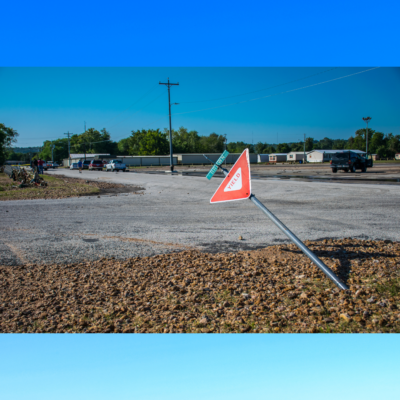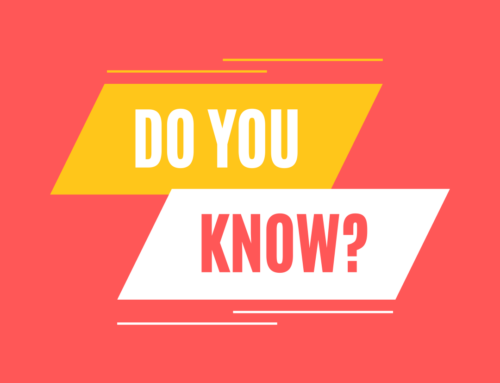 Throughout the Bridges Out of Poverty trainings and workshops, we learn how under-resourced individuals fall into the tyranny of the moment. Individuals with a lack of resources are often caught in a downward spiral in which one setback causes a series of additional negative events that are hard to bounce back from.
Throughout the Bridges Out of Poverty trainings and workshops, we learn how under-resourced individuals fall into the tyranny of the moment. Individuals with a lack of resources are often caught in a downward spiral in which one setback causes a series of additional negative events that are hard to bounce back from.
We also learn how this “crisis of the day” mentality can be felt by organizations and communities. Organizations can find themselves in this very place when they live grant cycle to grant cycle and are forced to cut back on staff, leading to increases in caseloads. Communities that lack resources often neglect infrastructure, cut programs, reduce services, and find themselves competing with other cities and states for investment by developers and corporations.
What can communities do to safeguard themselves against this? Making investments in their entire community is a good start. The entire community? That may sound like an ambitious goal, but the consequences of not investing in the entire community could prevent future growth.
In his remarks at the Commonwealth Club of California on June 18, 1998, Thomas Sowell discussed the conclusions he reached after spending 15 years researching the economic and social impacts of cultural differences among peoples and nations around the world. He noted, “Communities are awakening to the reality that they do not offer a sustainable way of life to their children and are looking for direction. Equity and critical mass impact the changes that are taking place. If a community allows any group to be disenfranchised for any reason (religion, race, class) the entire community becomes economically poorer.” While this revelation was made over 25 years ago, it is still very relevant today.
Maybe you’ve seen this unfold in your own city. When poverty reaches a point of critical mass in a community and efforts to reverse the problem don’t succeed, the people with the most resources tend to move out of the community, leaving behind enclaves of poverty. At this point, the community is no longer sustainable.
Has your community experienced a decrease in population? Are middle class folks leaving your city and moving to suburban areas? Are young adults not returning after college? The more resources an individual has, the more autonomy they have as well. Having a high level of autonomy means you have more choices and control over your environment.
Maybe you’ve familiar with this story of a conversation between a CEO and a CFO. The CEO says to the CFO, “We should invest in more professional development and training for our staff.” This concerns the CFO, who responds, “But what if we invest in them and they leave?” To which the CEO replies, “What if we don’t and they stay?”
That is the very risk that communities run when they do not invest in their entire community. What if we don’t invest in under-resourced areas of our communities? Under-resourced individuals stay. They do not have the same level of resources, autonomy, choice, or control. They do not have the same ability to move away from impoverished areas of a community.
A great start to investing in your entire community is to offer Getting Ahead classes for those experiencing generational or situational poverty. Getting Ahead in a Just-Gettin’-By World is a group workshop that helps participants stabilize their situations and build resources to improve their lives. The program guides participants through the process of assessing their own lives and circumstances, and it teaches them how to build those resources and how to develop tools and skills as part of their move to self-sufficiency.
In Rockford, Illinois, we have been working with local agencies, nonprofits, and churches to host these classes. We have graduated over 150 people from the classes in the last three years, and they have achieved measurable results, including:
- 42% have had an increase in income
- 39% have had a decrease in debt
- 39% have obtained additional education
- 19% have noted a reduction in the need for state or federal benefits
Providing Bridges Out of Poverty workshops and trainings in your community can also help to improve outcomes at the individual and institutional levels. There is a tremendous amount of good work being done by agencies and nonprofits that serve those in poverty. But until community policies change and investments are made in the entire community, the needle will not move at a quick enough pace.
The solution to poverty is opportunity. Communities that are addressing the root causes of poverty vs. investing in reactionary programs that treat the symptoms, are creating opportunity for upward mobility of their community members.
Building on the foundation that we have formed through our Bridges Out of Poverty initiative, we are now embarking on creating our community’s first ever mobility action plan by using framework from the Urban Institute. Through the planning process, we will essentially be creating a poverty reduction strategy, along with a set of recommendations that lead to upward mobility for our residents. We know this will be a tremendous task that will engage our entire community in this work and will utilize a large amount of resources of both time and talent. But we also know that, overall, the investment will help our entire community.
What are the current initiatives happening in your community? How much more impactful would the outcomes be if you built a cross-sector coalition that includes all areas of your city, with the goal of creating a plan that benefits your entire community?








